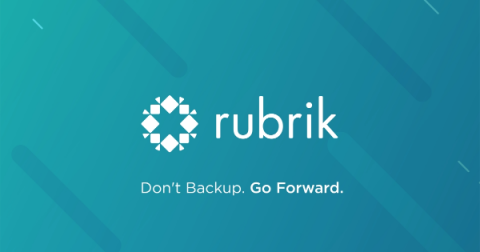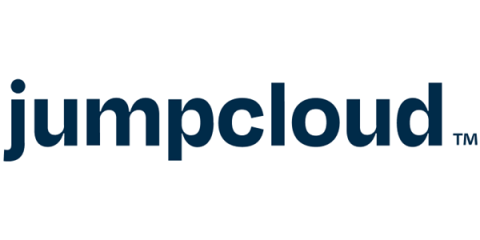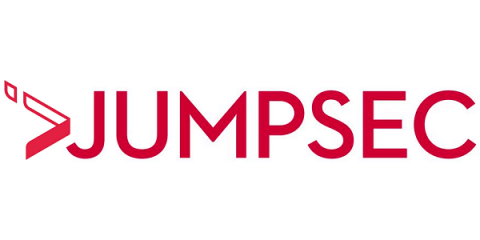Three trends shaping software supply chain security today
Building software continues to look like an assembly line, with developers pulling resources from across the web to create applications. Although third-party resources have played an essential role in developing software for many years, the way that development teams use these external components looks different today.










